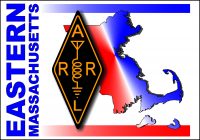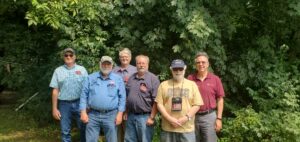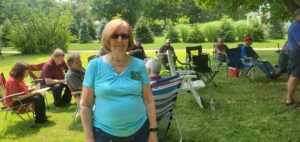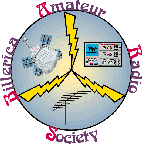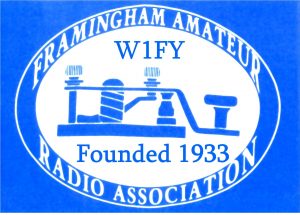 Derek Rowell, AK1WI, writes in the Sci-Tech ARS newsletter:
Derek Rowell, AK1WI, writes in the Sci-Tech ARS newsletter:
As promised last week, I have installed one of the New England Sci-Tech (NEST) WSPR (“Weak Signal Propagation Reporter”) beacons in the Radio Room and have had it running since on 80m, 40m, 20m, and 15m using the OCF dipole during periods when the room has been idle. My plan is to build filters for the other bands that are covered by the OCF (17m, 12m, 10m), one per day, and have them available later this week.
The results so far have been excellent. On separate days both 20m and 40m have had over 300 unique spots over a 24 hour period. (For those unfamiliar with WSPR jargon a “spot” is a report of a beacon being heard, and a “unique spot” is the first report from an individual reporting station) We were heard from Central Europe, South America, Antarctica, across the US, and down through the South Pacific.
The map shows the 306 unique spots on 40m over 24 hours on July 30. The results from 20m look very similar. We are still collecting initial data on 80m and 15m.
Last year we distributed 21 kits for the WSPR beacon and had two kit building sessions at NEST before Covid shut us down. Right now I am out of parts and cannot supply additional kits. However, if there is interest, I am willing to gear up and hold additional in-person building sessions at NEST. The parts cost is approximately $50 for the complete kit. This is a kit that can be assembled by first-time kit builders with no soldering experience, and takes about one morning to build the PCB and another shorter session to build a filter for a particular band and do some on-air testing.
After the this week’s meeting I’ll be available in the Sci-Tech ARS Radio Room to demonstrate the unit and discuss what’s involved in building it. For those attending by Zoom, I’ll set up a
groups.io discussion (with hashtag #WSPR) where interested folks can chat about the project.
Derek, AK1WI
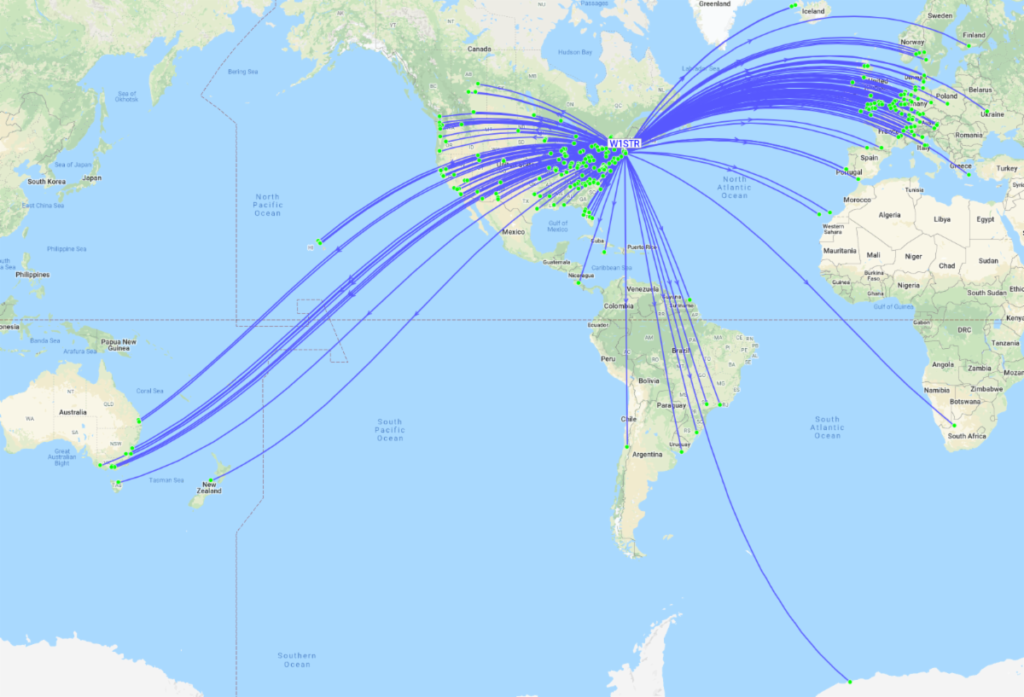
 Derek Rowell, AK1WI, writes in the Sci-Tech ARS newsletter:
Derek Rowell, AK1WI, writes in the Sci-Tech ARS newsletter: